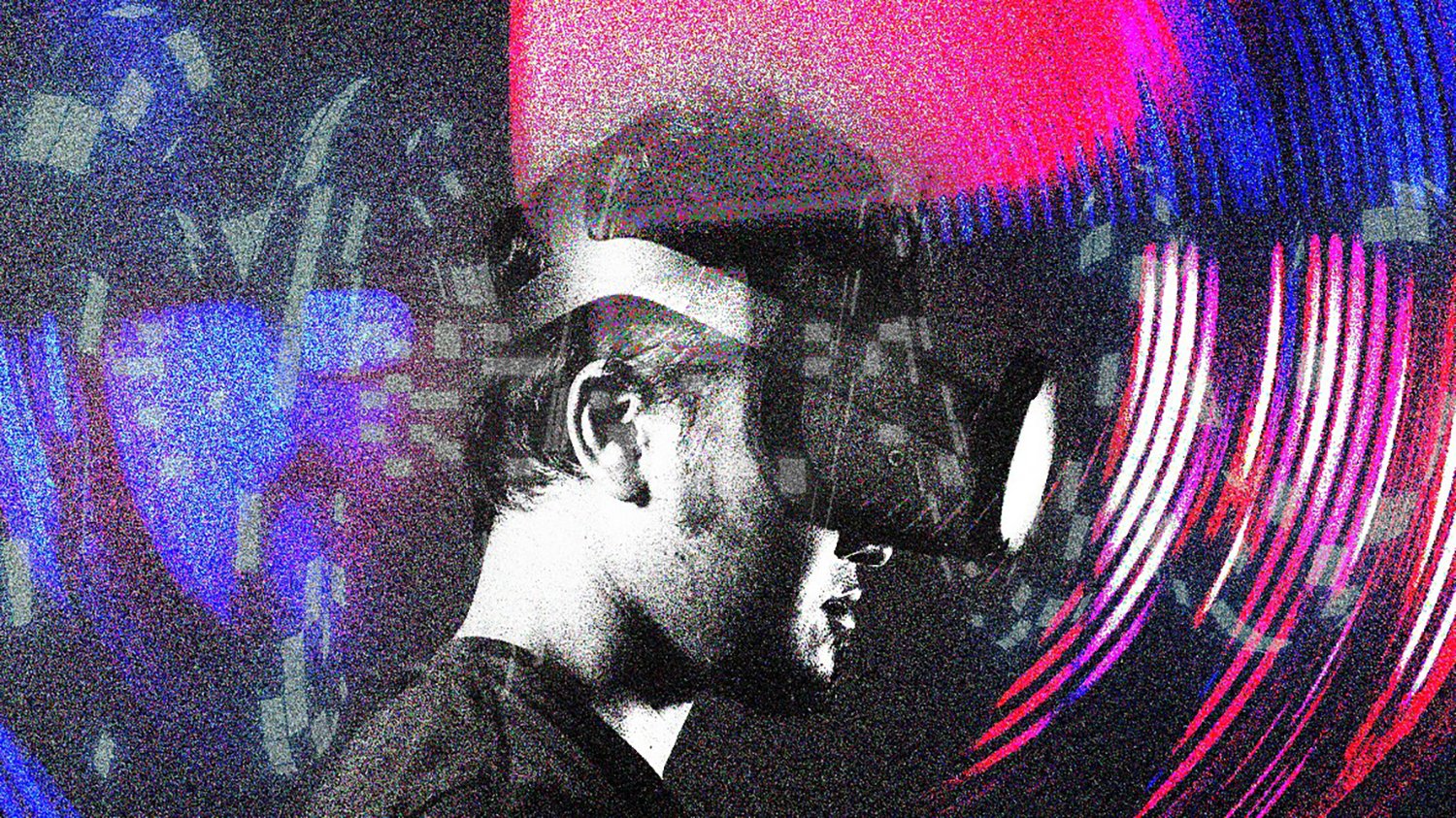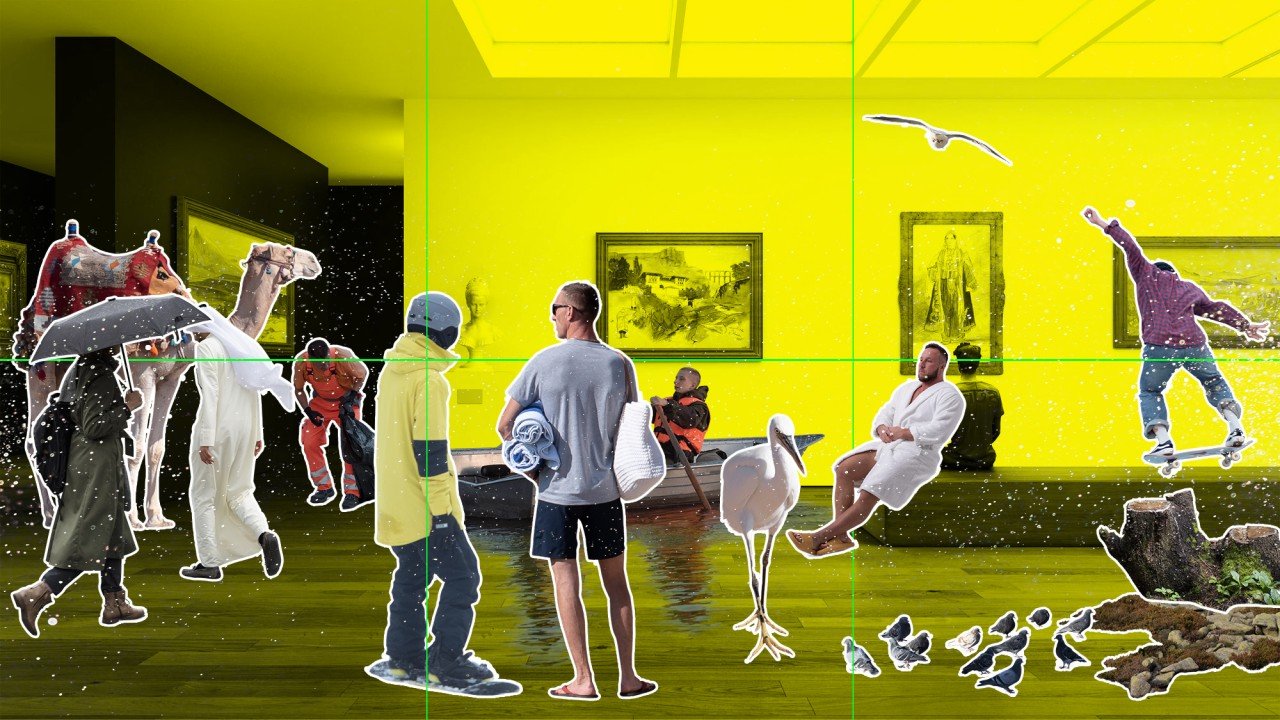February 3, 2022
Virtual Reality: One Small Step for Designers, a World of Potential for Clients
Virtual Reality (VR) is a somewhat loose term, encompassing any imagery that allows its audience to be immersed. While the level of immersion can vary wildly, the concept stands—it’s more than a picture it’s an experience.
The concept was around long before computer technology existed, with one of its first iterations being the stereoscope which was introduced in 1838. This is where side-by-side images placed in a viewfinder allow the viewer to experience a sense of depth when they look inside. The first wave of millennials and their elders may be familiar with a more “modern” version of the stereoscope, which was marketed for children. (See image below.)
It wasn’t until the 1980’s that the term Virtual Reality was coined. Things took off in the 1980’s and 90’s with the rapid introduction of headsets and gloves (mostly made available as very expensive video game components.) In 2007, Google brought us Street View, and by 2017, a relatively inexpensive VR headset was easy to come by.
We’ve obviously come a long way since the 1800’s. It’s a given that modern VR is computer generated at this point, and software to help you create your own VR is everywhere. There are tutorials all over the internet and even formal training programs for augmented and virtual reality design. From producing a 360-degree view from a set vantage point using your smartphone’s screen to creating a fully interactive environment, the sky’s the limit.
So, why is VR so seldom used to enhance architectural renderings?
While headsets are an awesome accessory and can certainly boost a VR experience, they are not a requirement. Some may hesitate to bring VR elements to the table, thinking that they’ll also need to invest in hardware, let alone make their audience wear said hardware to view a design. A 360-degree view of a 3-D rendering can be conveyed easily on a laptop or smartphone. While it may not be as interactive as walking around in a virtual environment (which a headset could allow) it still increases a viewer’s vantage exponentially.
On this note, with more virtual space to work with, the potential for commercial additions abounds. When someone “opens” a VR rendering, sure, they’re there to see the building itself but, to the left of the building, there might be a car driving by with the viewer’s logo on its side. When the viewer virtually “turns around” they may see a poster or a billboard depicting their business or brand. With existing software, adding these touches is so easy and can be so impactful.
Some may also worry about the progressive nature of a virtually enhanced experience; while VR is clearly on the rise and will likely be the norm within a few short years, it’s still cutting-edge at present. However, when it’s all said and done, showing someone a space via VR requires less work from the presenter. There’s simply more to look at, which means less verbal explanation is necessary.
In truth, if a 3-D rendering has already been developed, 90% of the work has been done; it’s a small jump to VR. At X-Identity, we believe our role as designers is to educate clients we want to make sure that people are aware of the availability of new types of visual production as well as the benefits they bring. Because our studio specializes in both design and marketing, we feel confident in encouraging investment into this new technology.
Other thoughts
April 27, 2023
October 21, 2022
August 8, 2022
January 4, 2024










